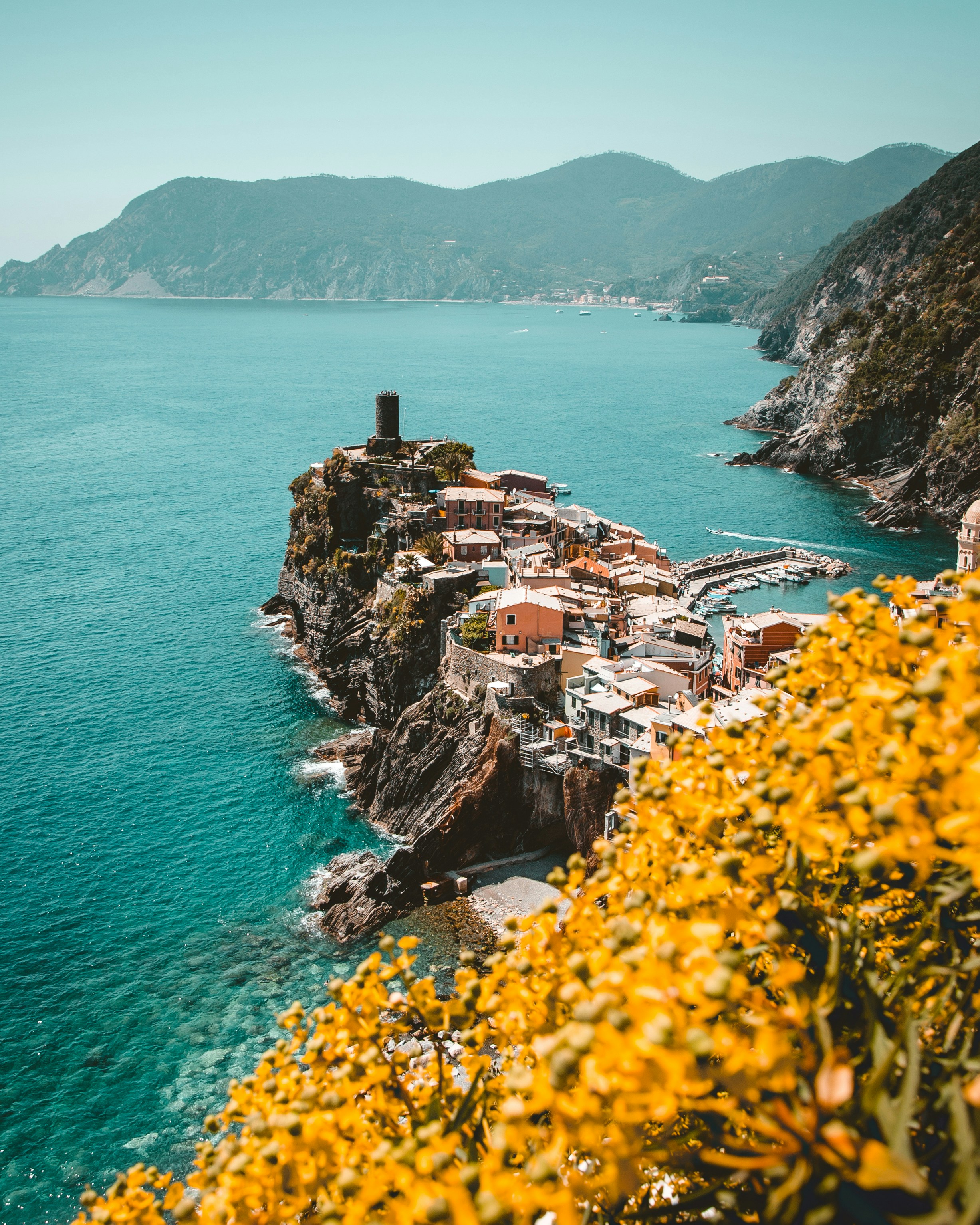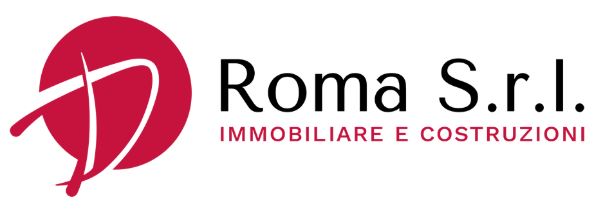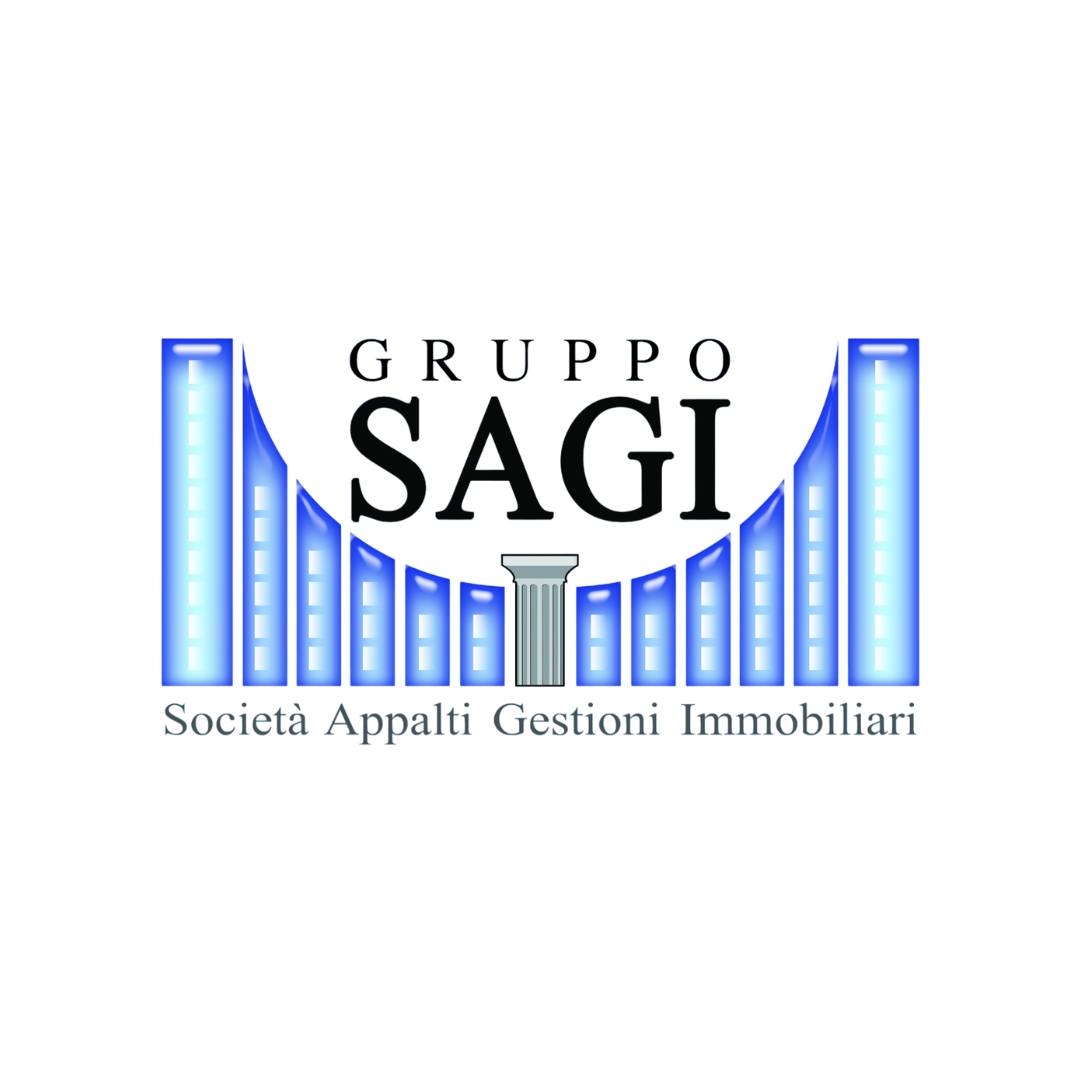- Search
-
Язык / Language
-
Developers
- Developers Georgia
- Developers Turkey
- Developers United Arab Emirates
- Developers Cyprus
- Developers Thailand
- Developers Indonesia
- Developers Montenegro
- Developers Spain
- Developers Greece
- Developers Bulgaria
- Developers Bahrain
- Developers Russia
- Developers Qatar
- Developers Azerbaijan
-
Developers United States of America
- Developers New York State
- Developers State of Maine
- Developers State of California
- Developers State of Massachusetts
- Developers State of Connecticut
- Developers State of Vermont
- Developers State of New Hampshire
- Developers штата Род-Айленд
- Developers State of Florida
- Developers State of Texas
- Developers Washington State
- Developers Ohio State
- Developers Washington, D.C.
- Developers Saudi Arabia
- Developers Kazakhstan
- Developers Canada
- Developers Italy
- Developers Portugal
- Developers France
- Developers United Kingdom
- Developers Monaco
- Developers Switzerland
- Developers Republic of Singapore
- Developers Malaysia
- Developers Philippines
- Developers Vietnam
- Developers Cambodia
- Developers China
-
Agencies
- Agencies Georgia
- Agencies Turkey
- Agencies United Arab Emirates
- Agencies Cyprus
- Agencies Thailand
- Agencies Indonesia
- Agencies Montenegro
- Agencies Spain
- Agencies Greece
- Agencies Bulgaria
- Agencies Bahrain
- Agencies Russia
- Agencies Qatar
- Agencies Azerbaijan
-
Agencies United States of America
- Agencies New York State
- Agencies State of Maine
- Agencies State of California
- Agencies State of Massachusetts
- Agencies State of Connecticut
- Agencies State of Vermont
- Agencies State of New Hampshire
- Agencies штата Род-Айленд
- Agencies State of Florida
- Agencies State of Texas
- Agencies Washington State
- Agencies Ohio State
- Agencies Washington, D.C.
- Agencies Saudi Arabia
- Agencies Kazakhstan
- Agencies Canada
- Agencies Italy
- Agencies Portugal
- Agencies France
- Agencies United Kingdom
- Agencies Monaco
- Agencies Switzerland
- Agencies Republic of Singapore
- Agencies Malaysia
- Agencies Philippines
- Agencies Vietnam
- Agencies Cambodia
- Agencies China
-
Countries
- Georgia
- Turkey
- United Arab Emirates (UAE)
- Cyprus
- Thailand
- Indonesia
- Montenegro
- Spain
- Greece
- Bulgaria
- Bahrain
- Russia
- Qatar
- Azerbaijan
- United States of America
- Saudi Arabia
- Kazakhstan
- Canada
-
Italy
- Developers Italy
- Agencies Italy
- Portugal
- France
- United Kingdom
- Monaco
- Switzerland
- Republic of Singapore
- Malaysia
- Philippines
- Vietnam
- Cambodia
- China
- Mortgage programs
- Emigration programs
- About Domik.io
- Conditions and rules
- Cooperation
Reviews about Italian real estate developers
Italy is a developed, Western, democratic state located in Southern Europe, in the center of the Mediterranean. The state has been a member of the European Union since the creation of this international association. The economy of Italy is the third largest among all economies in the eurozone. The permanent population of the country is approaching 60,000,000 residents. Italy has common borders with France, Switzerland, Austria and Slovenia. An interesting feature of Italy is the presence of two enclave states on its territory: San Marino and the Vatican. Several thousand developers of Italy work on the territory of the state, who annually build new residential real estate, commission commercial real estate, and are also engaged in the construction and maintenance of urban infrastructure. The development of the construction market and the real estate market in Italy is facilitated by government support measures, in particular, low interest rates on mortgage lending, which led to an increase in the share of residential real estate acquisitions using mortgages to 55% in 2024. Our website contains reviews of Italian developers left by real estate buyers. Careful study of the reviews will allow you to form your own opinion about the reliability of developers and the quality of construction of objects.
Rating of developers in Italy
Italy is one of the largest countries in Western Europe, the third largest economy in the Eurozone, located in the southern part of the continent at the center of the Mediterranean. Italy's permanent population is nearly 60,000,000 people, making it the fifth-largest country in Europe by this measure. Italy shares land borders with Austria, Slovenia, and Switzerland, and also contains two landlocked countries within its borders: San Marino in the northeast and Vatican City, located within the territory of Rome. Italy occupies the Apennine Peninsula, the Po Valley, and the southern slopes of the Alps. In addition, the Italian Republic owns the islands of Sicily, Sardinia, and a number of smaller islands in the Mediterranean. Italy is administratively divided into 20 regions with the capital in Rome. Among the largest cities in Italy are Rome, Milan, Naples, Turin, Palermo, and Genoa. The Milan metropolitan area has a population of over 7,500,000 people, the Rome metropolitan area has more than 3,700,000 residents, the Naples metropolitan area has about 3,100,000 people, and the Turin metropolitan area has up to 2,200,000 people. Approximately 7% of Italy's population consists of foreign nationals.
The Italian Republic has a developed economy and financial sector. Among all sectors of the economy, the most developed are machine engineering, metallurgy, chemical and petrochemical industries, as well as light industry and food processing. One of the world-renowned specializations of the Italian economy is car manufacturing. Some of the most famous brands include Alfa Romeo, Ferrari, Lamborghini, and Maserati.
Construction Sector and Real Estate Market in Italy
The construction sector and the real estate market in Italy are quite developed and represent dynamic sectors of the economy, employing hundreds of thousands of specialists. Currently, there are several thousand construction companies in Italy and about 12,000 real estate agencies servicing the real estate market. The cost of constructing real estate varies depending on the region of Italy, materials, and labor costs. For the construction of economy-class properties, the cost is approximately:
- Milan (from $1,800 to $2,200);
- Rome (from $1,700 to $2,100);
- Southern regions (from $1,300 to $1,700).
Italian developers include both Italian and international construction companies of various sizes, which annually construct residential and commercial properties, as well as essential urban infrastructure. Purchasing real estate in Italy is a good investment, both for rental purposes and for resale after several years of ownership.
Real Estate Returns in Italy
In 2024, real estate in different regions of Italy provided the following average returns:
- Genoa (about 6.4% per year);
- Palermo (6.3% per year);
- Verona (6.2% per year);
- Milan (5.9% per year);
- Rome (5.6% per year);
- Turin (5.7% per year).
Reviews of Italian Property Developers
Our website contains reviews of Italian property developers left by real estate buyers. Carefully reading these reviews will allow you to form your own opinion about their reliability, advantages and disadvantages, quality and timelines of construction, finishing quality, and working conditions.
To make a choice when buying real estate in Italy, you can check out the rating of real estate agencies. And if you are interested in a specific location, check out the projects of real estate developers in Rome.

















